Alternatives to RESIDENTIAL TREATMENT
WE HEAR THE MESSAGE OVER AND OVER
“WE TRIED EVERYTHING!”
Often when we speak to parents who sent their child to a residential facility, we hear the same things. Usually the parent describes their fears about the youth’s behavior. They convey the struggle they have being able to intervene. They express their frustrations that their child does not seem to listen to instructions. The parents often come with the belief – often fueled by educational consultants or others – that if the youth does not attend residential, they will end up on the streets or dead.
Residential treatment is not preventive care for imagined future behaviors.
Children live and develop in systems – familial, communal and societal. Removing a child does not aid the family in altering dysfunction or learning better methods to attune and connect. Therapeutic models require a sense of safety and connection to support healing and transformation. What is clear is that survivors of these facilities report that they lived in fear and isolation while in facilities. Removing a child does not cultivate connection.

“A model of care that disrupts relationships in favor of removing a child from their community is fundamentally flawed. As is a model which identifies a child as the primary cause of dysfunctional familial, communal, and societal systems.” -Dr. Vanessa Hughes
Here are several evidence-based alternatives to residential treatment facilities that are often bypassed when children are sent to residential care facilities by their parents or guardians.
If you are considering sending your child away, please reach out to us and request a facility report for the facility you are considering.
info@breakingcodesilence.org
Strengthening Families Program: For Parents and Youth 10-14
Strengthening Families Program: For Parents and Youth 10-14 – This adaptation of the Strengthening Families Program is designed to reduce substance use and behavior problems among youth ages 10–14. The program is rated Effective. Intervention students showed a statistically significant improvement in youth intervention-targeted behaviors, and delays in substance use initiation ...
Steps to Respect
Steps to Respect – A school-based antibullying program that teaches social and emotional management skills to elementary school students. The goal is to help improve relationships and buffer the detrimental effects of bullying. The program is rated Effective. There were lower levels of bullying outcomes in the intervention group relative to ...
Solution Focused Brief Therapy (SFBT)
Solution Focused Brief Therapy (SFBT) – A strengths-based approach to working with children and families. It emphasizes positive attributes and behaviors and how these can be applied to overcome difficulties. SFBT focuses on “life without the problem” rather than a detailed analysis of the problem itself.
SNAP Under 12 Outreach Project
SNAP Under 12 Outreach Project – This is a multisystemic intervention for boys younger than 12 who display aggression and antisocial behavior problems. This program is rated Effective. Boys who participated in the program showed a statistically significant decrease in delinquency and aggression scores and in behaviors such as rule-breaking, aggression, ...
School-wide Positive Behavioral Interventions and Supports (SWPBIS)
School-wide Positive Behavioral Interventions and Supports (SWPBIS) – A universal, school-wide prevention strategy aimed at reducing behavior problems that lead to office discipline referrals and suspensions, and change perceptions of school safety. The program is rated Effective. Students in the SWPBIS schools received significantly fewer school suspensions than students in schools ...
School-Based Bullying Prevention Programs
School-Based Bullying Prevention Programs – The practice includes programs that aim to reduce bullying and victimization (being bullied) in school settings. Some interventions aim to increase positive involvement in the bullying situation from bystanders or witnesses. The practice is rated Effective for reducing bullying, bullying victimization, and for increasing the likelihood ...
Promoting Alternative THinking Strategies (PATHS®)
Promoting Alternative THinking Strategies (PATHS®) – This prevention program promotes emotional and social competencies and reduces aggression and behavior problems in children. The program is rated Effective. Statistically significant findings included lower peer ratings for aggressive, hyperactive, or disruptive behavior for intervention children, compared with control children. Further, intervention classrooms showed ...
Prolonged Exposure Therapy
Prolonged Exposure Therapy – A cognitive-behavioral treatment program for individuals suffering from posttraumatic stress disorder. The program is rated Effective. The program reduced the severity of PTSD and depression; anxiety; trauma-related guilt; and improved social functioning.
Positive Parenting Program (Triple P System)
Positive Parenting Program (Triple P System) – The Positive Parenting Program is a comprehensive system of parenting and family support for families with children. The program consists of five levels of intervention, which increase with intensity, and progressively narrow the reach at each increasing level. The program incorporates a media and ...
Positive Family Support (PFS)
Positive Family Support (PFS) – This is a family-centered intervention, which addresses family dynamics to prevent substance use and problem behaviors in adolescents. The program is rated Effective. Students in the treatment group were found to report less substance use, including alcohol, tobacco, and marijuana; and demonstrate less antisocial behavior, compared ...


